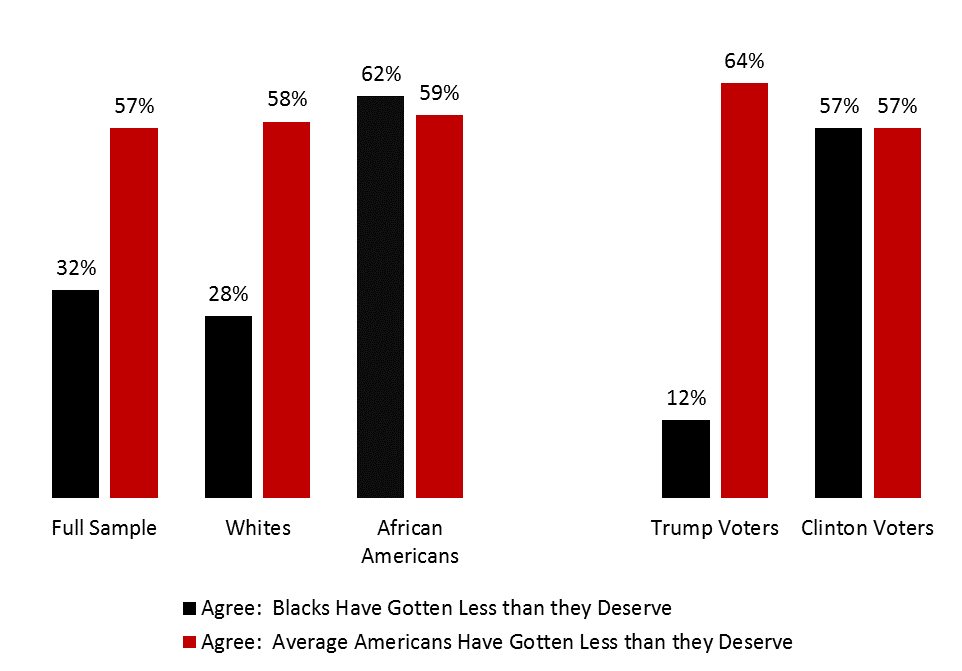You may be surprised to hear that White children show evidence of bias against African-Americans as early as age 3. How does this happen? Since there is evidence that the implicit biases of adults leak out through their nonverbal behavior, it seems reasonable that children pick up these cues from their parents and older acquaintances. A new study by Allison Skinner and her colleagues shows how exposure to positive or negative nonverbal cues can create social biases in preschool children. The studies are simple, but they are awkward to explain, so please bear with me.
In the first experiment, 67 4- and 5-year-old pre-school children watched a video in which two adult female actors each exhibited nonverbal bias toward two adult female targets. The targets were idenified by the colors of their shirts, red or black. Although the actors used exactly the same scripts when talking to the two targets, one target received positive nonverbal signals (i.e., smiling, warm tone of voice, leaning in) and the other received negative signals (scowling, cold tone, leaning away). Since these were two different women, the actual identity of the targets who received the warmer and colder treatment was counterbalanced; that is, each woman received positive and negative treatment an equal number of times over the course of the experiment.
After the video, the researchers gave the children four tasks designed to measure which target they preferred. The first was a simple preference question asking which woman they liked better. For the second, they were given an opportunity to behave prosocially. They were asked to which target the experimenter should give a toy. The two remaining tasks were opportunities to imitate one of the two targets. In the third task, they had to choose which of two labels to give to a toy which the two targets had called by different names. In the fourth, they had to choose one of two actions, ways to use a cone-shaped object, which the two targets had used differently.
The children showed a preference for the target who received the positive nonverbal treatment on three of the four tasks—all but the action imitation. A summary measure of the number of times out of four they showed favoritism toward the preferred target was statistically significant.
The researchers were less interested in demonstrating favoritism toward specific individuals than in the development of favoristism toward groups of people. In a second experiment, they measured whether the preferences demonstrated in Study 1 would generalize to other members of the target’s group. The two targets were introduced as members of the red group and the black group, matching the colors of their shirts. After the video, the children were given three tasks—preference, prosocial behavior and label imitation. The results replicated those of the first study.
Then the children were introduced to two new adult woman targets, said to be members of the red and black groups (wearing appropriate-colored shirts), who were best friends of the previous two women. They were asked which friend they liked better and were asked to imitate the actions of one of the two friends. The results showed greater liking for and more imitation of the friends of the preferred target on the video. In other words, the favoritism toward the preferred target (and against the non-preferred target) generalized to other members of their groups.
This study is a demonstration experiment. To prove that they understand how a widget works, researchers will show that they can create a widget in the laboratory. The widget in this case is group favoritism. We should not be put off by the fact that the groups are artificial, defined only by the colors of their shirts. Suppose the researchers had used members of real groups, such as White and African-American women, as their targets. In that case, the researchers would not have created group biases, since 4- and 5-year-olds already have racial attitudes. For evidence of how pre-existing attitudes can be strengthened or weakened by the way targets are treated, please read Part 2 of this post.
You may also be interested in reading:





 You may also be interested in reading:
You may also be interested in reading:









You must be logged in to post a comment.